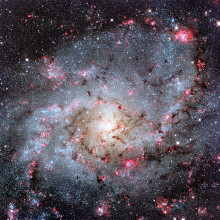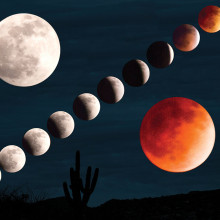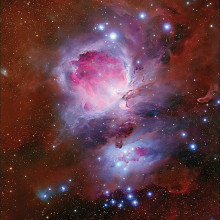
Our Milky Way galaxy John Lauder The Milky Way is the galaxy that contains our Solar System. Its name “milky” is derived from its appearance as a dim, glowing band (easily seen on dark nights from SaddleBrooke) arching across the night sky whose individual stars cannot be distinguished by the naked eye. From Earth, the…


